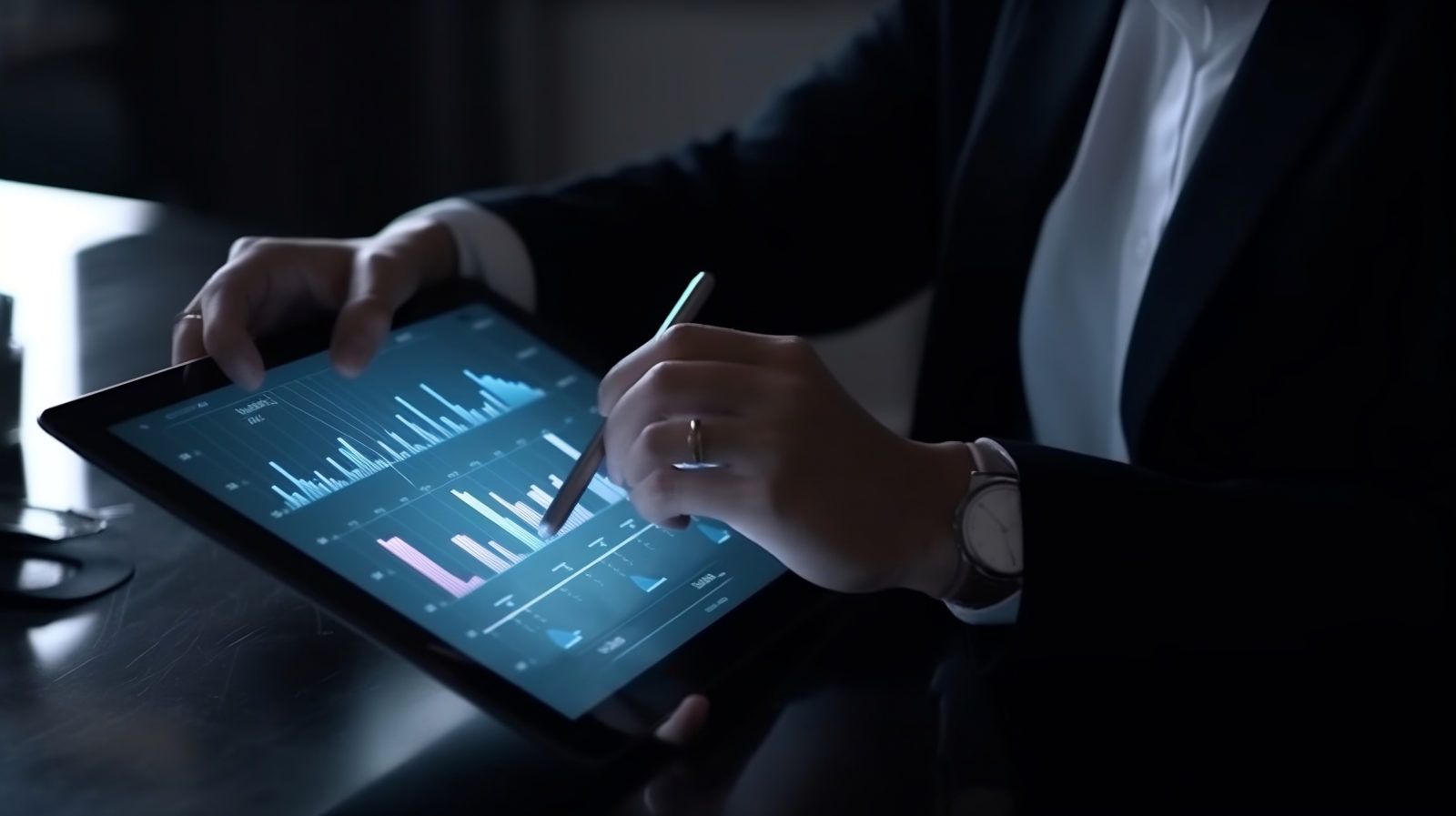The implementation of a GMP (Good Manufacturing Practice) System is a challenging, labor-intensive, costly, and ambitious milestone in the company’s development. The need to implement and certify a GMP system applies to companies manufacturing medicinal products at any stage (it could be the full manufacturing process with controls up to certification, or only packaging or microbiological purity testing), investigational medicinal products, and active pharmaceutical ingredients (APIs). Manufacturers of excipients for drug production may also seek GMP certification, although this is not mandatory and is more about enhancing the company’s quality and prestige. GMP can be implemented across the entire company or in specific departments of the organization.
This could be a phase linked to the natural development and commercialization of a startup or diversification of products in a larger company manufacturing products in other regulated industry categories. As can be seen, both the motivation and the need to implement GMP, as well as the size and complexity of the company undertaking this step, can vary greatly. However, it is certain that regardless of organizational differences, companies must exert a very similar effort to meet the minimum GMP requirements. This applies to both a new medicinal product manufacturing plant and a laboratory testing one specification parameter.

This text will not describe the formalities related to communication with the Authorities nor will it cover the registration of medicinal products. Instead, it will describe the process of implementing the GMP system with the support of cloud-based documentation management systems, such as products from companies like Vault or Extedo. Regardless of whether the business-quality decision involves using a Document Management System (DMS) or managing procedures in the traditional paper-based way, the manufacturer must meet the same basic requirements. The scope of these requirements is outlined in the EudraLex – Volume 4 – Good Manufacturing Practice (GMP) guidelines.
In addition to this document, requirements may also come from U.S. legislation, the Code of Federal Regulations (CFR), European Medicines Agency (EMA) communications, or ISO standards. Apart from the standard (mandatory) GMP requirements, there are also specific requirements for certain products such as sterile, veterinary, biotechnological, or herbal medicines.
Once the decision to implement GMP has been made, it is important to assess whether the team’s resources and knowledge are sufficient to achieve this goal. It is also worth considering external support for the process. This support can include conducting an audit to verify current processes and facilities for GMP compliance, assistance in developing selected documents, or a comprehensive GMP implementation. The choice of the cooperation model should depend on available financial resources, substantive requirements, and the project’s deadlines.
For further analysis, a specific company will be defined, which will help narrow down the number of potential variables. The example for consideration is a startup that has developed a technology for manufacturing APIs and plans to expand towards commercial production. The project involves building a new facility, equipping it with critical installations and devices. The facility will include warehouses, production areas, laboratories, as well as social, office, and maintenance zones.
The company’s staff mainly consists of individuals involved in the startup’s development, who possess knowledge of manufacturing and research technologies, but their experience in the pharmaceutical industry is limited. The future manufacturer chose a company offering comprehensive support: GMP implementation, staff training, assistance with qualifications and validations, as well as support during audits and inspections conducted by Authorities.

The first stage of the work should be to verify the design of the manufacturing plant to ensure it meets GMP requirements for the planned activities (e.g., different for microbiological laboratories, different for non-sterile production facilities). Technical support should continue during the construction and equipping of the plant. These tasks can be supported informally or within the scope of specific qualifications, such as clean media qualifications (e.g., clean compressed air). The support for designing, executing, and equipping the investment is a topic that requires a separate text. Concurrently with the construction and technological work, the GMP system should be developed. These are not conflicting but overlapping areas.
The investor’s role is to designate individuals representing key departments to verify the emerging SOPs for content, technological compliance, and staff suitability. The consultants’ role is to develop documents compliant with legal requirements, industry standards, and GMP trends. This is a critical moment when choosing the method of managing system documentation. One can opt for a paper-based system (procedures, system instructions in paper form) or rely on a computer-based system (e.g., cloud-based solution). Both options have their advantages and disadvantages, and the choice depends on the size of the company, finances, process complexity, and personnel.
The main features of the systems are presented below.
| Paper System | Electronic DMS System – Cloud Solution | |
| Advantages | Lower startup cost No need for system validation More flexible process changes Easier to prove data integrity | Ready methodology for quality processes such as CAPA, Change Control Electronic signature capability – remote signing. Automated, data-integrity-maintaining management and documentation of GMP processes (records, CAPA, Change Control). Very efficient approval, updating, distribution, and training on revised documents, regardless of the number of users. System maintenance is supported by the system provider. Automated method for maintaining the current status of documentation (distribution, reviews, training). |
| Disadvantages | Basic quality processes like CAPA, Change Control need to be designed and agreed upon Physical document signing required Difficult GMP process documentation (records, CAPA, Change Control) Time-consuming approval, update, distribution, and training for revised documents, especially with many participants The whole system maintenance is on the users | Higher initial setup cost, Need for system validation, Less flexibility in making changes to the system, system limitations, need for re-validation. |
From the table above, it can be concluded that the paper system is cheaper to implement, requires no configuration or system validation before startup. It may be a good option for a small company (a few users), located in one place (no issues with signatures), with a staff that is well-versed in GMP processes. While it is a lower cost to implement, it is much more demanding to maintain. The scale shifts toward a DMS tool in the case of a larger organization, with more users, working across multiple locations, with less knowledge of GMP processes.
The difference will be illustrated below – the revision of a procedure applicable across multiple departments, e.g., on deviations.
| Paper System | Electronic DMS System – Cloud Solution |
| Document revision by the team, communication via e.g., email. No full tracking of proposed changes by each team member. | Document revision by the designated team. Communication through the DMS system, tracking all proposed changes. |
| Physical signing of the document, difficulty with absences of team members. | Electronic document signing, remote signing from another location. |
| Written update of the document register. Tracking each entry in the register is difficult (e.g., reprinting a new list and approval) | Automatic update of the system documentation register with a complete history of changes. |
| Manually creating a list of controlled copies, physically delivering new versions, retrieving outdated ones, collecting records from this process. Difficult when no one is responsible | Automatic access to the current version of the document, blocking the previous version according to the distribution list. |
| Documents can be lost or damaged. Duplication required with records of transfer. | The document is always accessible to logged-in users based on their permissions. |
| Training all users on the new version of the document. Problematic with multi-shift work or employee absences. | Automatic distribution of information to users, communicating the need to review the new document. Optionally notifying supervisors of overdue tasks. |

Another benefit of DMS systems (such as those offered by Vault or Extedo) is that they include modules for managing GMP processes like CAPA, Deviations, Change Control, risk analysis, training, various records, or even paperless validation. After configuring processes according to internal requirements, it is possible to execute them smoothly and chronologically. The document flow becomes fully automated, eliminating the risk of losing documents amid daily tasks or in an overstuffed inbox after a vacation.
Depending on the purchased package/module, cloud systems can also be used for Pharmacovigilance, registration documentation, clinical trial documents, LIMS in laboratories, or even certifying and releasing product batches for the market. With cloud-based systems, event reconstruction is always possible, and responsible individuals are immediately notified to work (no need to wait for an official email, phone call, or documents on their desk). Being absent from the workplace is also not a problem, as accessing the system can be done from any device connected to the internet with a browser. Automated task alerts speed up processes and help ensure compliance with formalities.
The decision to implement GMP in an enterprise is not taken lightly, given the scale of the project. Investors must understand the total cost of this work. An additional investment in a cloud-based DMS system will undoubtedly impact the budget. The benefits of cloud-based systems may not immediately justify the cost when compared to a traditional paper system. However, with more users and longer working hours, the benefits will outweigh the costs. Labor-intensive updates to procedures and instructions within the HDN (Corrective Action Plan post-inspection or audit) can be significantly reduced, which is especially important with tight deadlines. The number of people working with a DMS system might be smaller than with a traditional paper system.
Furthermore, the number of errors, deviations, and omissions will be reduced due to automation. To efficiently and quickly implement the GMP system, it is necessary to ensure adequate staff with experience and knowledge on the subject, along with the necessary tools (e.g., cloud-based solutions supporting the process). If there are insufficient human resources, it is worth considering cooperation with external entities. Implementation support can range from occasional consultations to full development and implementation of the GMP system. It depends on the business model, investor preferences, available resources, and the project’s timeline.
Grzegorz Suwała
Senior Validation Specialist

